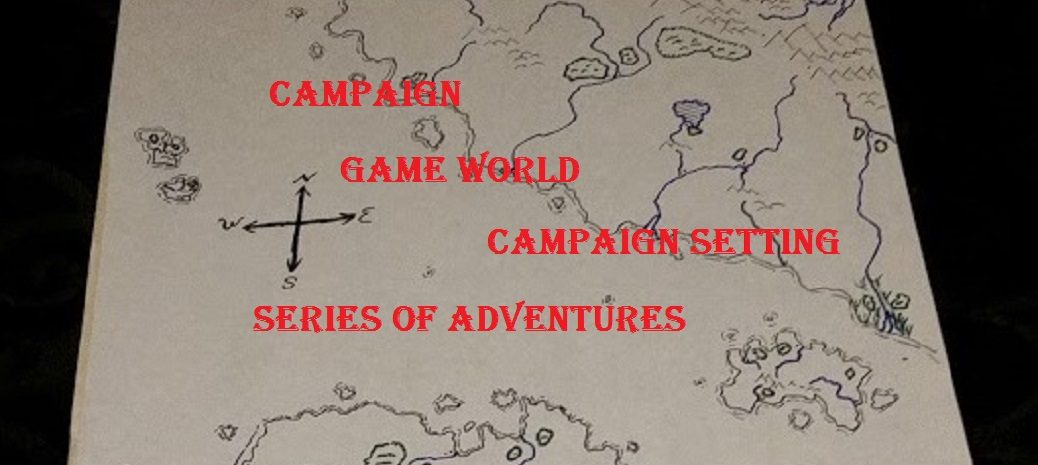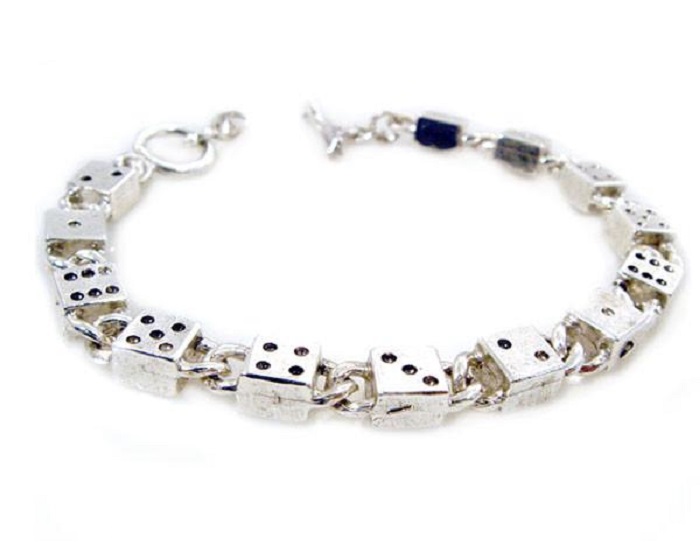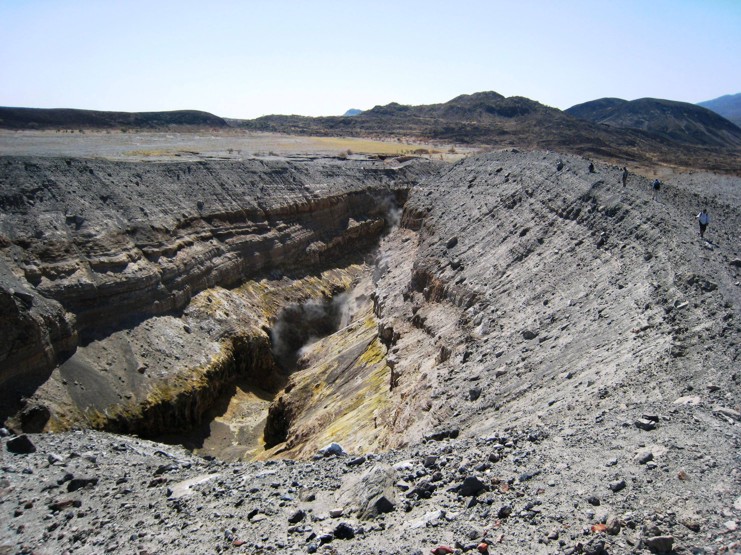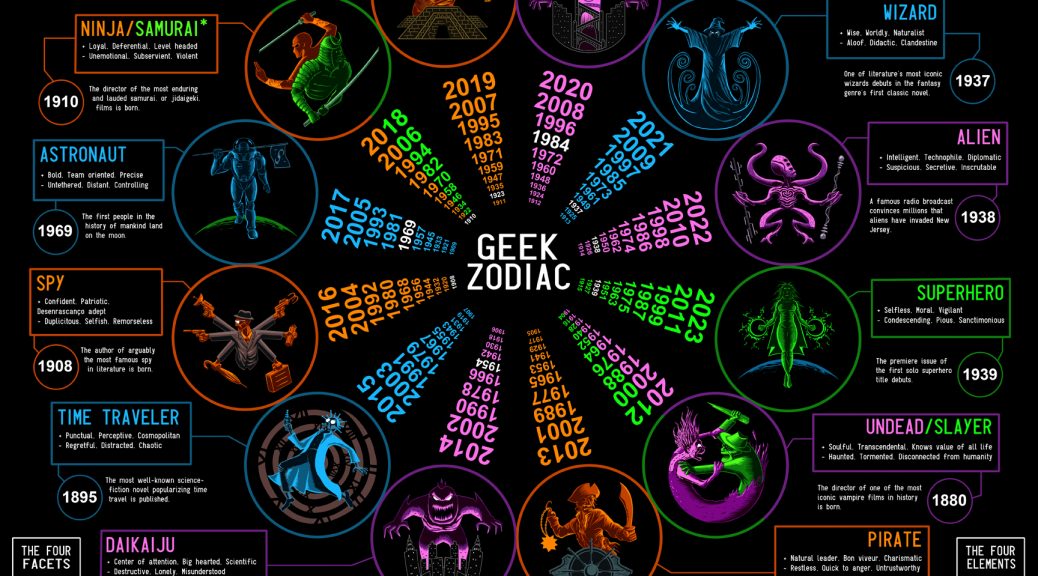I won’t do a full session recap here. One instance from the first session of my AD&D campaign on Roll20 stands out to me. I touched on it in my last post.
I have written about some of my ideas for building this new area of my game world, as I pointed to in my last article. So far we have 3 players, two from my Wednesday night game, and one who has played with one of the other two. In the first session, the “new guy” had a last minute emergency, so he had to miss. We decided to play on.
The setting is a low magic setting, where the past ages were of high magic. The players elected to have “evil” characters, which I agreed to. The setup is that they came to this village afflicted by a huge earthquake, and hordes of undead that appeared a day after the quake. It is now several weeks later and the undead are mostly taken care of with patrols scouring the countryside for any that were missed. Merchants bring food and helpful items, and other wealth seekers show up. One of the merchants pays the party for their guard duty and offers to pay for quality information about the current state of things in town.
The party manages to find multiple people who each will pay for the same information, so they end up getting paid multiple times for each useful tidbit. They learn that this strange black tower that seems to grow periodically overnight, occupied by a wizard, Hanagan the Red, who showed up after the quake and is rarely seen. There is an obvious “buffer zone” where the inhabitants keep clear of this tower.
The merchant perks up at this news. and only gives them a small payment, as that is all they know. Gladly will he pay more if they can learn his name, what books are in his library, and what types of things he is looking to buy.
This is easy! The group agrees to take up this challenge. Before I proceed, I need to describe the characters: Gaul, a half-elf cleric/ranger whose human parent is from the nomad tribes. Dingkus, a gnome illusionist/thief, and Wenrick a halfling fighter. They go to the tower and step up to the door. Dingkus the gnome points out that neither he nor the halfling can reach the knocker. Gaul asks what he should do with it, and in his interpretation of the gnome’s instructions, vigorously beats the door with the knocker.
An exasperated woman quickly opens the door, and asks what impertinent fools dare raise such a racket? She is a colleague/assistant of the wizard and he cannot be disturbed. they ask who she is, and she gives her name and Gaul detects that she is of the nomad tribes. This intrigues Gaul.
Rather than explain that they merely seek information, the gnome illusionist casts hypnotism. The gnome wins initiative and the female wizard failed her save. She invites them in, gives them her name, and the duration of the spell fades. This time she wins initiative, and the half-elf’s elven blood is not enough to resist the sleep she cast upon them.
The next thing they know they awake in a poorly lit room with bare walls, ceiling, and floor tied to chairs, with the half-elf and gnome gagged, as they both appear to be spell casting types. The player of the halfling is the one who had to miss, so the player who had played with him, ran the character. Standing before them is the woman and an older man with red hair and streaks of white/gray. He is fuming.
The wizard complains that his experiment was ruined. He wants to know which of his enemies sent them. When he learns that they are there for information for a merchant who wishes to do business with him, he demands the name of the merchant, promising to never do business with him. The halfling plays dumb about which merchant it was who sent them, reasoning that they might not get paid.
Once Hanagan is certain they are just bumbling greenhorns, he charges them to go west and find the source of the undead. If they find any magic, it is his. When they all nod agreement, they are again slept, even the half-elf.
Waking a short time later, they are sitting across the street with the gnome and halfling laying across each side of Gaul’s lap. They quickly look to see that they have all their stuff. I said, “You find that all of your money, gear, and other possessions are just as they should be. However, each of you finds a folded parchment on their person in the process of the search.”
They see everyone in town crowded about the now larger “zone of exclusion” around the tower. I let them know later that the wizard made an uncharacteristic display of power, and floated them out of his tower and across the street. This one was seen, whereas the tower only seems to grow at night when no one is looking. They also notice that the tower door no longer seems to be there.
Having been totally surprised that they would go inquire of a wizard and cast magic on his associate, I’m scrambling to make something interesting of this incident. Here is my recollection of what I said was on their parchments in the wizard’s flowery script.
Hanagan’s Writ
From: Hanagan The Red
To all who are friendly with me, know that the bearer of this parchment is bound to me and is on an errand at my behest.
Please aid them, if you are able.
To all who are not friendly with me, I expect you will deal with them as you would deal with me.
Hanigan The Red
Ray, who plays Gaul wonders if they are geased or now indentured servants.
The players also asked if he was evil. I said, “Well, he didn’t kill you and he is known to help the baron, from what you learned later. Maybe he decided to use you to gather information, and punish you with a terrible death in the wilds….”
I really like how this session played out and how the players did something that cried out for a railroad. I dropped clues before this that the chance for riches was said to be to the west. However, I have other locations and things seeded in the area, if they hadn’t chosen to go west. Had they not ticked off a wizard, they would have had free reign to go wherever they wanted. Well, free to attempt to go wherever they wanted. There is always some person of creature or obstacle to any path.
My world is an open world and what the players do changes the course of things I envisioned in my mind’s eye. I like how letting a group of players loose in a setting forces me to think of possibilities I hadn’t yet considered. They pushed and pulled on things in ways only this group of players with those specific characters could do. It has unleashed lots of mulling the possibilities.
We now have two sessions under our belts, and the third and fourth are scheduled. Lots of fun thought experiments for me to tweak how things pan out.
A NOTE ON THE TERM WIZARD
In this low magic setting, any magic user of any level is called a wizard. So they don’t know if Hanagan would have the level title of wizard or not.





